 As Australians head into another election season just as many parts of the east coast are recovering from ‘unprecedented’ flooding since February, and the national psyche is still reeling from the trauma of the ‘unprecedented’ Black Summer bushfires before that, it is critical now more than ever to vote according to your environmental conscience and fear for the future. Now is the time for widespread recognition that for the last 30 years, our political parties (and the coalition in particular) have so far spectacularly failed to fully recognise the then emerging (and now blindingly obvious) climate crisis, and to act in a way that is in any way proportionate to the dangers that we faced, and are now living through.
As Australians head into another election season just as many parts of the east coast are recovering from ‘unprecedented’ flooding since February, and the national psyche is still reeling from the trauma of the ‘unprecedented’ Black Summer bushfires before that, it is critical now more than ever to vote according to your environmental conscience and fear for the future. Now is the time for widespread recognition that for the last 30 years, our political parties (and the coalition in particular) have so far spectacularly failed to fully recognise the then emerging (and now blindingly obvious) climate crisis, and to act in a way that is in any way proportionate to the dangers that we faced, and are now living through.
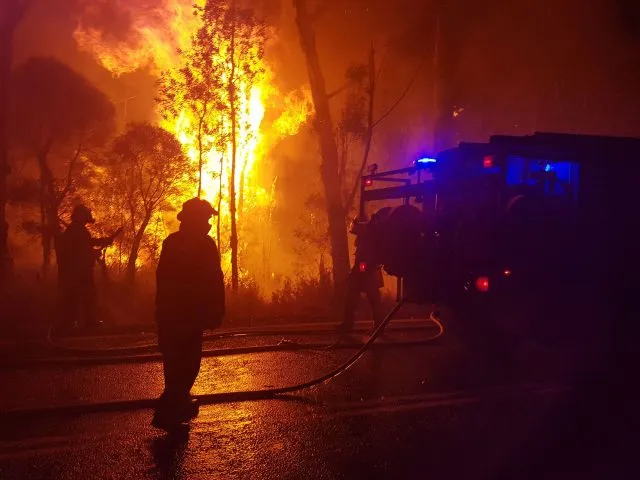
Predictions of more extreme drought, fire and flood are here
For indeed, what we are currently witnessing is the ramping up of the frequency and severity of natural disasters that was predicted by scientists over thirty years ago. In 1990, The Intergovernmental Panel on Climate Change (IPCC) First Assessment Report warned that ‘climate change causes increased frequencies of droughts and fires’, and that ‘losses (of forests) by wildfire will be increasingly extensive’. It predicted that ‘fire severity will increase’, and also stated that ‘the predicted changes in climate may also affect the frequency and intensity of coastal storms and hurricanes’.
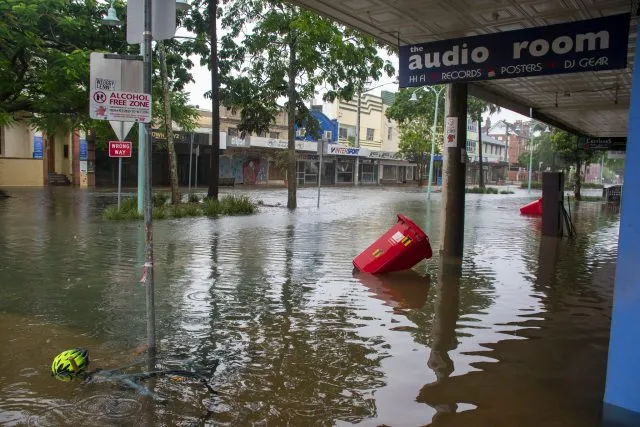
In 1995, the Second IPCC Assessment Report identified many potentially serious climate change impacts and confirmed that ‘warmer temperatures will lead to a more vigorous hydrological cycle; this translates into prospects for more severe droughts and/or floods in some place’. It reported that ‘several models indicate an increase in precipitation intensity, suggesting a possibility for more extreme rainfall events’, and predicted ‘an increase in the occurrence of extremely hot days and a decrease in the occurrence of extremely cold days’ owing to global warming. The report also predicted ‘an increase in some regions in the incidence of extreme high-temperature events’ and that all these different impacts would have ‘resultant consequences for fires, pest outbreaks, and… primary productivity’.
Twenty-seven years ago, the IPCC predicted that the near-term impact of climate change on ecology, society, and the economy would be as a result of changing the intensity, seasonal timing, and spatial distribution of storms, floods, and droughts. On the coasts, it stated that ‘climate change clearly will increase the vulnerability of some coastal populations to flooding and erosional land loss.’ It also stated that ‘coastal ecosystems, such as coral reefs, were particularly at risk from the impacts of climate change’, and predicted that ‘changes in these ecosystems would have major negative effects on tourism, freshwater supplies, fisheries, and biodiversity’.

A mere three years later, in 1998, the Great Barrier Reef (GBR) experienced its first widespread mass bleaching of corals, coinciding with the first global mass coral bleaching event that year, which was owed to a particularly strong El Niño event (which is typically associated with hotter, drier weather in eastern Australia).
One stitch in time is now nine…
Two decades into the 21st century and we have witnessed so many of these predicted natural disasters that have occurred on an unprecedented level – either in terms of intensity or spatial extent. Only three years ago, many parts of Australia were in the grip of the most severe drought on record – in 2019, our rainfall was the lowest since records began; many towns ran out of water and had to truck water in. This drought, along with ‘unprecedented’ extreme heatwaves, saw much of eastern Australia burn in the Black Summer bushfires, the extent and ferocity and impact of which were ‘unprecedented’.

Fast forward two years (through a global pandemic!) and so far this year is currently the wettest on record in many parts of Australia. ‘Unprecedented’ rainfall has contributed to widespread, devastating floods along the already La Niña-sodden east coast, not once, but twice in a period of just over a month. While no single flood is directly attributable to climate change, physics dictates that as our atmosphere warms, its capacity to hold moisture increases (at an increasing rate) – it can hold around seven per cent more moisture per degree of heating. As Australia has warmed by 1.4 degrees since temperature measurements began this means that weather systems are being supercharged by all that extra heat and moisture in the atmosphere.
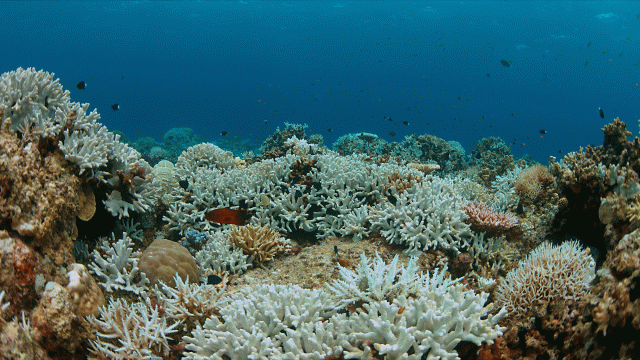
The oceans are also heating at an alarming rate. Recently, the Great Barrier Reef experienced its sixth mass coral bleaching event and the fourth mass bleaching event in the last six years. This should set some pretty loud alarm bells ringing, since scientists have established that damaged coral reefs need at least 9–12 years to fully recover from bleaching events and an insufficient gap between recurring bleaching events will hinder the full recovery of a coral reef.
What’s even more concerning than the unprecedented frequency and scale of coral bleaching events seen so far is that, for the first time since records began, this year’s bleaching occurred under La Niña conditions, which usually means cooler, wetter conditions on the east coast. This points to just how much the heating of the planet has warmed the oceans that a cool, wet La Niña summer could result in another reef-bleaching event. Only the stout-hearted would enquire about the odds of the reef not bleaching for long enough to allow it to fully recover on our current emissions trajectory.
This observed increase in the frequency and severity of natural disasters that we are currently enduring is very good evidence that our climate has already changed, and the scientists’ predictions of 30 years ago are now our lived reality.
What’s more, the same scientists who first predicted these impacts of global warming are telling us that unless we dramatically reduce carbon emissions as fast as possible, and change the way live on this planet, things are only going to get worse. If we continue on the same path, there is a danger the impact of the term ‘unprecedented’ on a disaster-weary population will be (has been?) dulled through overuse. It would be a pity if the increasing use of the language of disaster actually led to a numb complacency and stymied much-needed action.
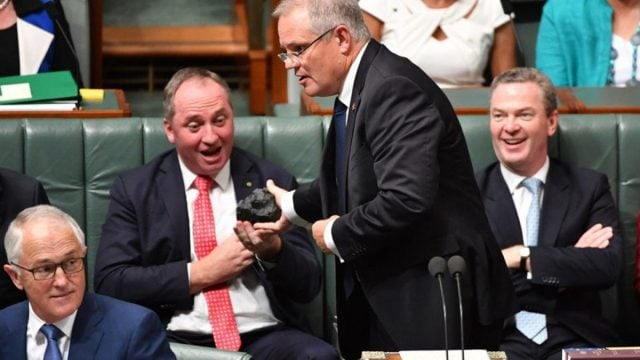
Split-brained, alien-handed climate policy in Australia
Of course, it would have been much easier, and far less costly, to avoid these impacts of climate change if we had listened to the scientists 30 years ago and acted appropriately. But we, the voting public, have been subjected to, and have largely lapped up, the lies, spin, and propaganda of the fossil-fuel industry and the vested interests within our political class, whose modus operandi has been to deny the science for as long as politically convenient. When denial was no longer politically feasible, the current government has striven to be seen to be doing something while getting away with doing as little as possible.
Except for actual emissions reduction from Gillard’s carbon-pricing mechanism, Australia has frittered away three decades during which we could have been steadily working to smoothly veer our society onto a climate-sustainable path. Instead, despite both sides of politics being initially on board with the idea of taxing carbon, we have failed to act with the appropriate urgency and now find ourselves trying to save our civilisation from the approaching raging inferno with a garden-hose-grade climate policy.
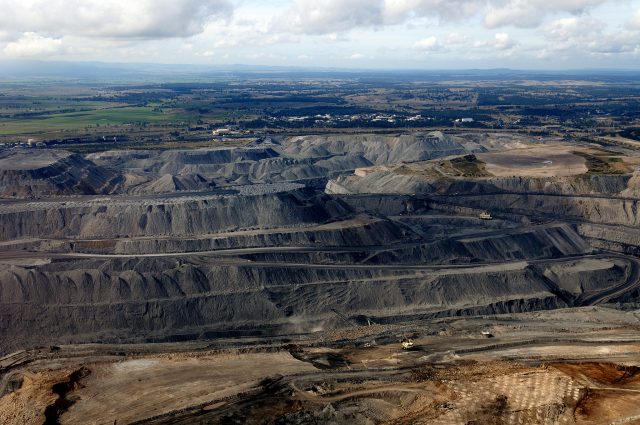
A policy which – in an expensive exercise in deckchair rearrangement – has seen the current federal government commit a billion more dollars to saving the Great Barrier Reef from everything from poor water quality owing to runoff, to crown of thorns starfish and illegal fishing but not committing to achieve net zero greenhouse gas emissions by 2050. Meanwhile, the NSW government has indeed committed to this, and even committed to a 50 per cent reduction in emissions by 2030, which is in line with what the science says is necessary – but then recently approved a $400m coal mine expansion in the state’s northwest that would result in almost half a billion tonnes of greenhouse gas emissions.
If ever there were a time to close the gap between politically feasible climate action, and what the overwhelming majority of climate scientists deem necessary to avert a climate catastrophe in the coming decades, this is it. The scientists are telling us ‘it’s now or never’. Without ‘immediate and deep emissions reductions across all sectors… it will be impossible to limit global warming to 1.5°C. The next few years are critical, so this coming election is the one where we must demand that our politicians act according to what the science says needs to be done.
Else, one could well characterise the 30 years of IPCC reports as the scribblings of a Cassandra figure (cursed to utter true prophecies to disbelievers) in an evolving Greek tragedy set on a planetary stage, where a deeply flawed protagonist (Humanity) is either unwilling or incapable of averting a looming climate crisis, and only gradually gains the courage to act decisively after the possibility of changing the course of events has passed. These sorts of plays tend not to end well. We have been warned…
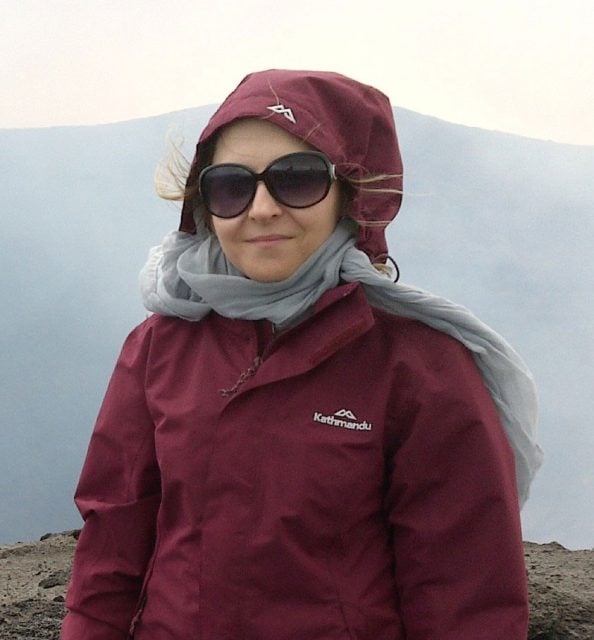
Author
Dr Willow Hallgren is an earth-system scientist who studies the impact of climate change on ecosystems and biodiversity, the feedbacks between vegetation and the climate, and how policy can influence climate change, by changing how we use the land.
Willow has previously worked as a climate and biodiversity scientist in government, industry, and academic roles in both Australia and the USA at the Massachusetts Institute of Technology (MIT). She was also previously the Science editor of Monash University’s student newspaper Lot’s Wife and the Bulletin of the Australian Meteorological and Oceanographic Society.
She is a city escapee of many years now and is currently hiding out among the hill tribes of the beautiful Tweed Valley.




Over 30 years of international scientific research and the climate deniers, with the mounting impacts all around, still want to argue the toss based upon nothing but the empty cavern between their ears and behind their eyes.
People who insist on living in rivers are climate denialists as much as anyone else
When elected to the Senate as a Senator for South Australia in 1987 my very first task was to establish a Senate Inquiry into Climate Change. The final report of that cross-party committee said in 1991 that we know what has to be done what is lacking is the political will. In his response to that report PM Hawke said that he would get the GHG emissions down to 20% below the 1988 levels. (1988 was the date then in use following the ozone depletion date then being used). But both Labor and Coalition continued with their policies of pushing further population and economic growth which is inconsistent with limiting emissions.
Remember when the coastal cities were going to be under water by the year 2000?
And by 2000 snowfalls were going to be a thing of the past?
And all the glaciers would be melted by 2020?
While you are re-watching “an inconvenient truth” to see how many of the predictions from 20 years ago never happened, look up the term “conformation bias” as well.
I tried, but Mr Google wanted to give me “confirmation bias” instead. Yep we’re all prone to it and we shouldn’t leap on one isolated weather event to make pronouncements about climate. While some of we amateurs do that, this is not objective scientific method. Those who work in climate science are not basing their statements on wild assumptions and the consensus is only growing that there is a problem.
I didn’t see “An inconvenient Truth” – is that where all the forecasts you cite come from? – but no I don’t recall all those predictions and I’ve been around for a while. The trends we can already observe in average and maximum temperatures, glacial melting, sea level rise and extreme weather events are concerning enough for me to think that, for my grandchildren’s sake, we can’t take the risk that all these scientists and data collectors are just stupid or corrupt.
I’m sure I’m guilty of confirmation bias in many areas but global warming is an area where I look desperately for any signs that the consensus is wrong. You do understand don’t you how much people like me hope you guys are right.
That’s simply an outright lie. Byron flooded because of the council drainage system on the excellent new bypass. Nothing nor less. Disgusting.
They never let a good crisis go to waste. Have agenda, will push it.
Maybe, but it still needed record rainfall totals AND record rainfall intensity
stop using the term ‘climate change’ its ambiguous and undefined its double speak that allows politicians, corporations and people in general to dissmiss and ignore the real issue being the pollution of an industrialised technology driven civilisation, and as we now swallow the propaganda that we need to exchange digging up coal for cobalt and lithium in the new green economy covering our homes and buildings with a toxic time bomb ‘solar panels’ i cant help but think the Unabomber was right there will be no end to the destruction of the environment.
Dr Kaczynski does keep getting proven right.
How is it ambiguous double speak?
The climate was predicted to change because of our carbon emissions….. now the climate has changed, and will continue to change.
lets break phrase down to the words used
climate
Climate is the long-term weather pattern in an area, typically averaged over 30 years (defned by theWorld Meteorological Organization (WMO))
change
verb
1.
make (someone or something) different; alter or modify.
“both parties voted against proposals to change the law”
2.
replace (something) with something else, especially something of the same kind that is newer or better; substitute one thing for (another).
noun
1.
an act or process through which something becomes different.
“the change from a nomadic to an agricultural society”
the substitution of one thing for another.
“we need a change of government”
when you read the definitions of the words climate the “weather over a period of time” and change “alter, modify” this can be interpreted as positive or negative they do not define any real issues of carbon or pollution therfore
calling the effects of industrial pollution “climate change” is ambigous double speak.
Ipso facto.
Your definition describes climate change exactly. No argument here.
No argument from the global community of climate scientists, meteorologists, natural resource managers, even historians, only from the expert down the road who thinks he knows better and can’t accept facts.
In fact climate has been continuously changing the entire time the planet has been here.
There are entire Egyptian cities under water due to the sea level rise over the last 3000 years as the planet continues to warm from the end of the ice age.
The dark ages were climate cooling for 500 years.
The Roman warming period was hotter than today
The medieval warming period caused the renaissance.
Up and down, up and down, all driven by the cycles of the Sun and the procession of Earths orbit….I mean cow farts
The language used is a major problem the biggest users of double speak is governments and corporations this causes many people who see the double speak to become jaded and switch off, industrial pollution the pollution of corporations the United nations calls it “human activities” if scientists and politicians started calling it for what it is I might just take notice But all I see is language designed to obfuscate the issue.
Christian your litany of false & repeatedly debunked claims continues.
The rate of change & its proven cause are what’s important. The climate has never changed this rapidly. Ancient Egyptian cities are not under water because of climate change, but from tectonic plate activity causing earthquakes, subsidence & tidal waves. Coastal cities disappearing under water is not a global phenomenon like climate change ,& global sea levels stabilised 5-6,000. yrs BP. It has been comprehensively proven that the Roman warming period was not hotter than today, & climate change is not driven by cycles of the sun or earth’s orbit.
It’s amazing that these hypothetical & historical explanations are still being mindlessly rolled out by climate science deniers decades after being disproven, & relied upon attempting to disprove millions of global data points collated over decades. You have previously claimed to understand science when clearly you do not have the capacity or the desire.
BTW, Yes, cow farts are a significant – albeit minor, contributing factor.
Dennis, reading the above to & fro it’s still unclear what you’re on about. N.See appears to have provided a succinct summary, & that explanation is the same in every language. Global warming was merely the initial observations & conclusions in the early 1980s, but more data & greater investigation has shown the excessive carbonisation of the atmosphere & oceans leads to climactic instability, with extreme weather events – hotter & colder, wetter & drier, & at increased frequency. Where’s the “doublespeak” & “obfuscation”? All I see is misunderstanding & denial.
its strange that you think of denial from my reply as each time i mention industrial and corporate polution being the problem but my point is the language used allows for people to do nothing does the phrase climate change descibe the issues or does it hide the issues, human activities? is that driving your car to work or is it keeping the largest military power on earth mobile after everything we know and have learnt you can still get plastic bags from coles.
Dude, Cows can’t fart. That’s the joke.
The deluded lefty green extremists think they can change our weather and climate by decreasing our minuscule output of carbon dioxide, they have been hoodwinked by the corrupt IPCC and WEF. The money wasted on stupid climate change and renewable energy could have made our country so much better by now, however the lefty’s are too stupid to see.